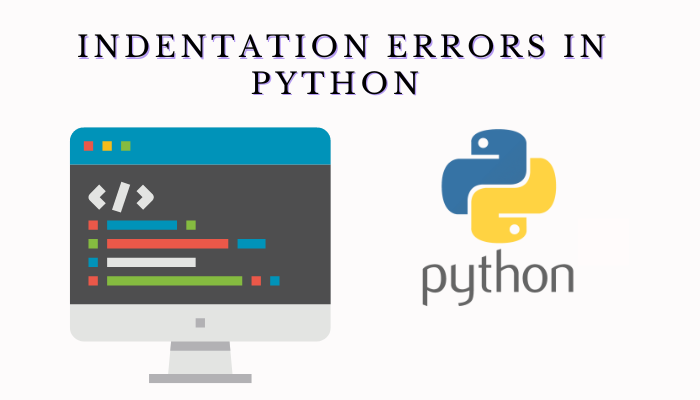Understanding Indentation plays a crucial role in Python coding , serving as a structural element rather than merely an aesthetic choice. As Python is widely used programming language known for its simplicity and readability, embraces a unique feature that sets it apart from other languages: indentation..
The reason I am logging this article is because i wasted 2 days just to correct the indentation error in Python.I had been programing in VBA for the past 5 to 6 years. However i want to learn a new language and picked python for the past 1 year. It was a smooth ride during the data analytics and machine learning. For the past one week i am trying to understand the concept of Oops in Python.
Because of small indentation error my class was not executing the constructor which was supposed to call a method . In this article the significance of indentation in Python, exploring how it enhances code clarity, improves maintainability, and ensures proper functionality.
-
Defining Indentation in Python:
Indentation is the use of spaces or tabs at the beginning of lines to define statement grouping and hierarchy in Python. Unlike many other programming languages that use curly braces or keywords to define blocks of code, Python relies on consistent indentation to establish code block structure.
-
The Role of Indentation in Code Clarity:
By enforcing indentation as a syntactic requirement, Python fosters code clarity and readability. Indentation helps developers visually understand the flow and structure of their code. It allows for the easy identification of code blocks and helps avoid ambiguous interpretations. The use of consistent and properly aligned indentation facilitates collaboration and enhances the maintainability of Python code.
-
Indentation Levels and Nesting:
Python uses indentation levels to indicate the hierarchical relationship between different blocks of code. Statements that share the same level of indentation are considered part of the same code block. Subsequent indentation levels indicate nested code blocks within the parent block. Python relies on the indentation level to define loops, conditionals, and functions, making it vital to maintain correct indentation to ensure the intended program logic.
-
Indentation Rules in Python:
To adhere to Python’s indentation rules, the following guidelines should be followed:
a. Use either spaces or tabs for indentation, but be consistent throughout your codebase. b. The most commonly recommended practice is to use four spaces for each indentation level. c. Avoid mixing spaces and tabs, as it can lead to indentation errors and inconsistent behavior. d. Ensure that each block has the same level of indentation throughout. e. The use of an editor with automatic indentation features can help maintain consistency and reduce manual errors.
-
Troubleshooting Indentation Errors:
Indentation errors are a common source of frustration for beginners in Python. The interpreter relies on correct indentation to understand the structure of the code. To troubleshoot indentation errors, follow these steps:
a. Check that all indentation levels align consistently. b. Verify that you are using the same type of indentation (spaces or tabs) throughout your code. c. Look for missing or excessive indentation that might disrupt the structure of your code blocks. d. Use an integrated development environment (IDE) or text editor with syntax highlighting to identify indentation errors more easily.
-
Best Practices for Indentation:
To ensure clean and readable code, consider the following best practices:
a. Follow the recommended four-space indentation style. b. Use meaningful variable and function names to enhance code comprehension. c. Avoid deep nesting levels by refactoring complex code into smaller, more manageable functions. d. Use comments to provide explanations for code blocks, especially in complex or less intuitive sections. e. Run your code through a linter or code formatter to automatically enforce consistent indentation and identify potential issues.
Conclusion:
Indentation in Python is not just a stylistic choice but a fundamental aspect of the language’s syntax. By embracing indentation as a structural element, Python promotes code clarity, readability, and maintainability. Adhering to indentation guidelines and best practices allows developers to write elegant and comprehensible code. Understanding the role of indentation in Python is an essential step in mastering the language and producing high-quality, error-free programs
